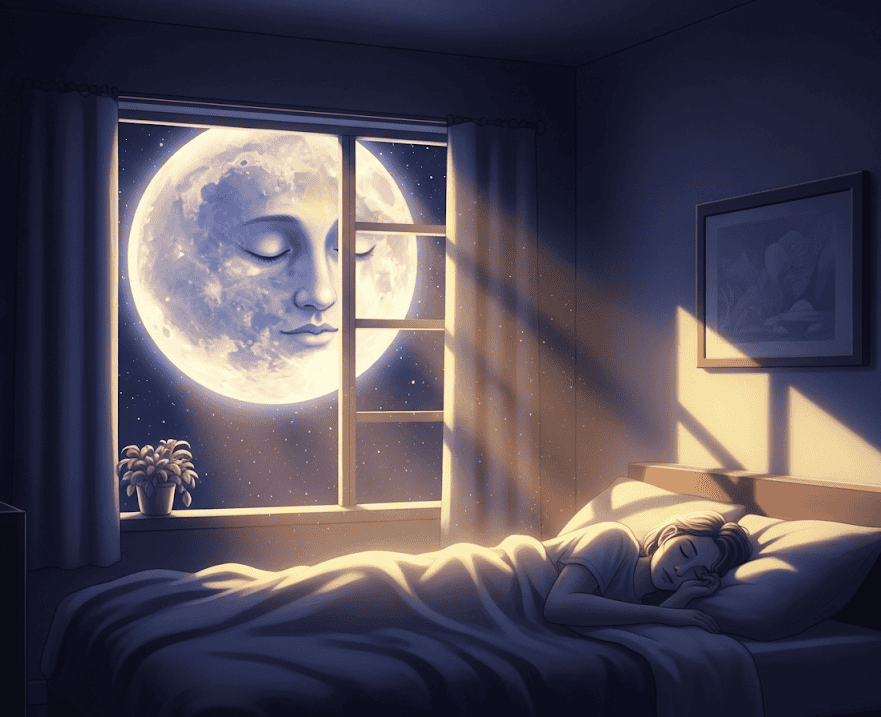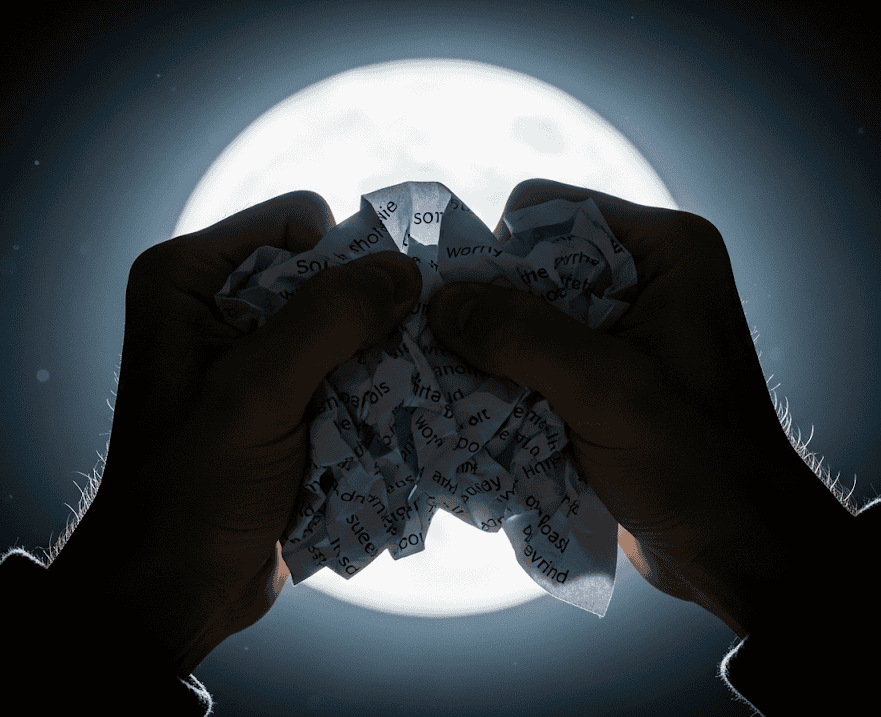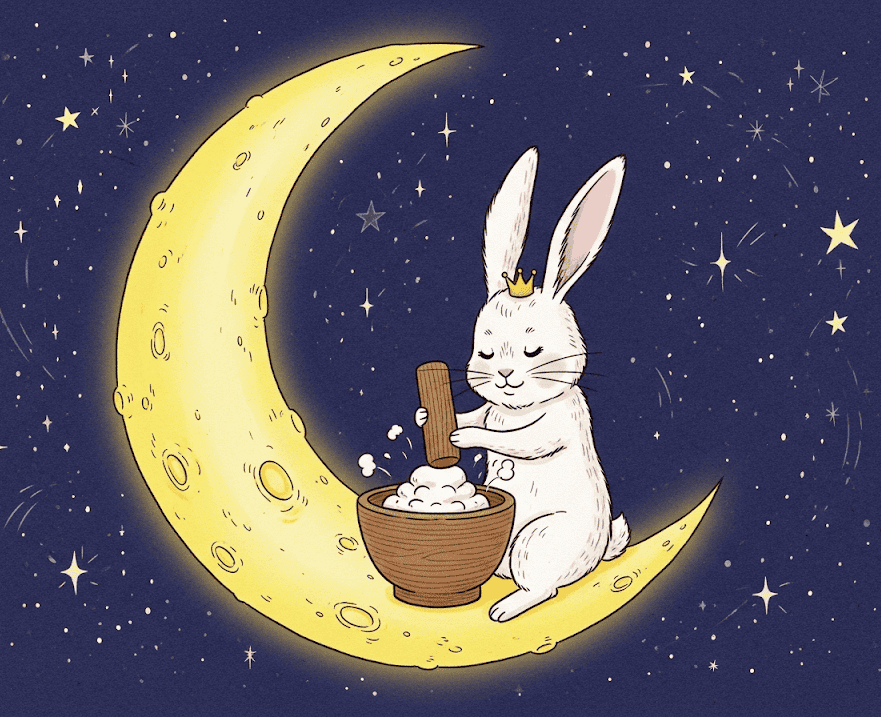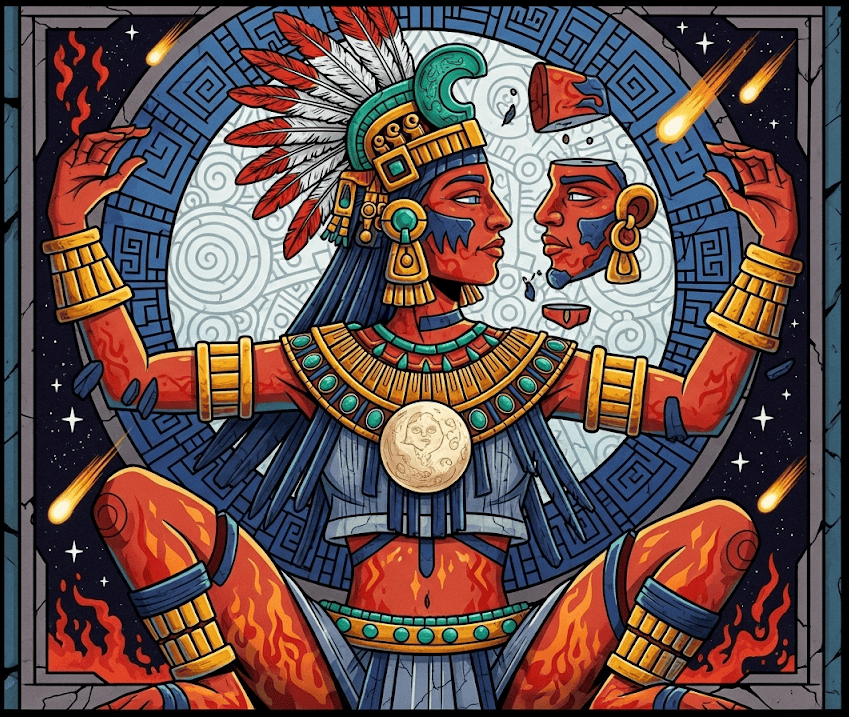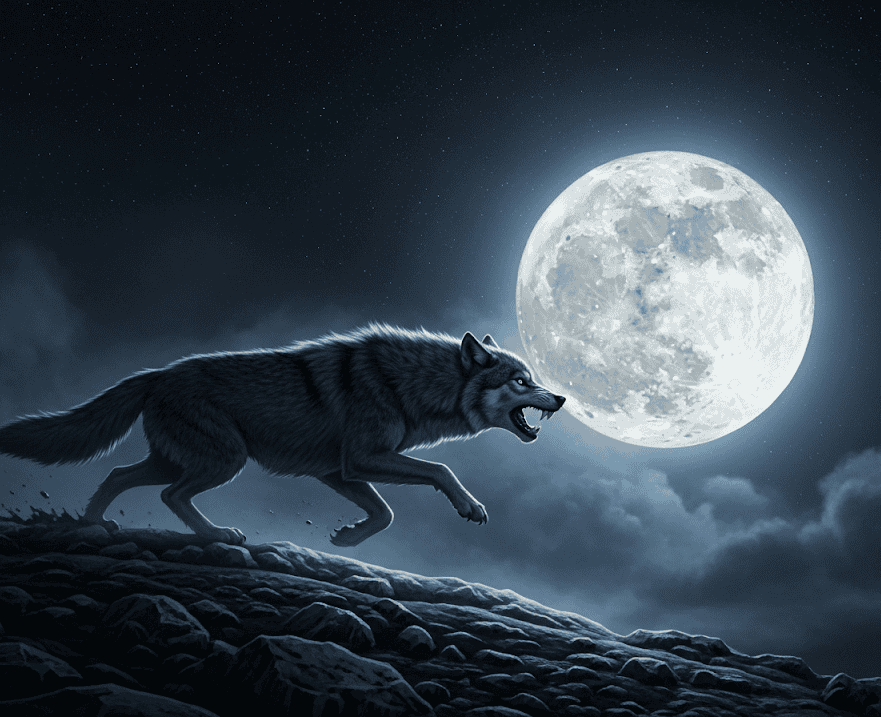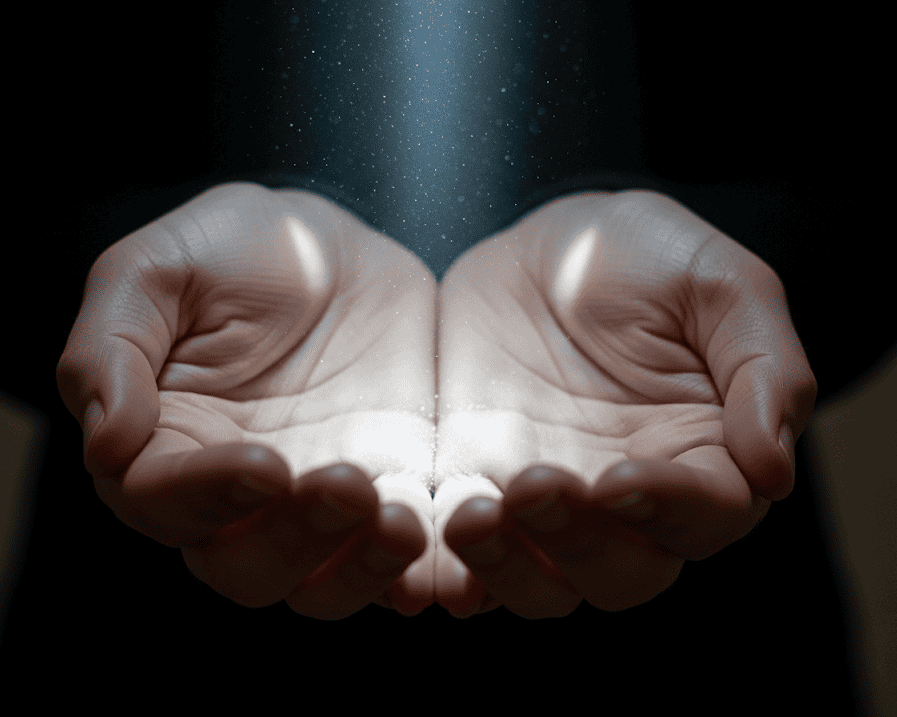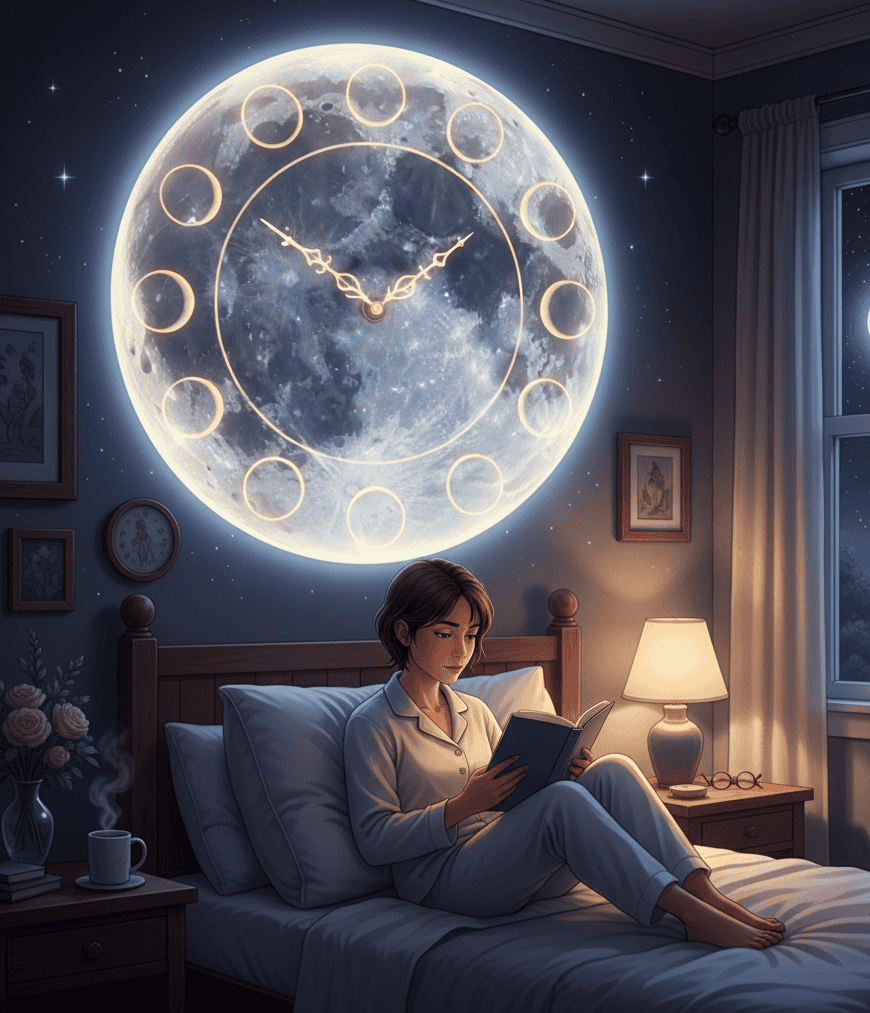For centuries, people have gazed at the moon and felt its pull. Farmers watched it to guide their crops, lovers wrote poems under its light, and storytellers crafted myths about its mysterious power.
Beyond shaping tides and inspiring art, the moon has always been linked to rest, dreams, and the cycles of our bodies.
While science might explain some of its effects, the myths around the moon give us beautiful ways to think about winding down and creating restful rituals.
Let’s explore ten fascinating moon myths that can inspire better sleep and gentler nighttime routines.
1. The Moon as the Keeper of Dreams
In many Native American traditions, the moon is seen as the guardian of dreams. It watches over sleeping people, ensuring they journey safely through the dream world.
This idea reminds us to prepare our minds before sleep, treating dreams as sacred adventures.
A bedtime ritual inspired by this myth might include journaling intentions for the night, so the “keeper of dreams” knows what paths you hope to walk while resting.
2. Artemis and the Moonlit Hunt for Calm
In Greek mythology, Artemis is the goddess of the moon and the hunt. While her arrows protected wild animals and young women, she was also seen as a serene figure walking through the night sky.
Thinking of Artemis before bed can help us reframe the darkness of night from something frightening to something protective and calm.
A gentle nighttime walk or even just standing outside in the moonlight could become a ritual that settles nerves before sleep.
3. The Full Moon as a Time of Release
Across many cultures, the full moon has been seen as a powerful time to let go of what no longer serves us.
Ancient rituals often involved burning herbs or writing down worries to release them under the moon’s glow. T
his myth can be turned into a simple sleep ritual: jot down the day’s stresses on paper, then crumple or tear it before bed. It symbolically clears your mind, making space for rest.
4. The Moon Rabbits of Asia
In Chinese and Japanese folklore, a rabbit lives on the moon, pounding rice cakes or mixing elixirs of immortality.
While whimsical, the rabbit’s presence reminds us that the moon is never empty—it is alive with energy and stories.
Imagining the rabbit working quietly above can transform bedtime into a magical pause.
For children and adults alike, picturing a gentle moon rabbit may ease anxious thoughts and make sleep feel like a playful journey.
5. The Triple Moon and Feminine Cycles
In Wiccan and Pagan traditions, the triple moon symbol – waxing, full, and waning – represents the Maiden, Mother, and Crone.
This myth ties the moon directly to the cycles of life and the body. Thinking about the phases of the moon as phases of rest can create balance: waxing for preparing, full for peak energy, and waning for letting go.
A nightly wind-down ritual could include aligning activities with the moon’s phase, such as journaling during the waxing moon or deep meditation during the waning phase.
6. The Moon and Water Dreams
In Hawaiian mythology, the moon goddess Hina was believed to control tides and water. Because water and dreams are often symbolically linked, people thought the moon also guided dream travel.
This myth is a reminder that hydration can be part of a good sleep routine.
Drinking a soothing herbal tea before bed or taking a warm bath under moonlight becomes not just practical but also ritualistic, connecting the body’s flow with the lunar rhythm.
7. The Aztec Moon and Transformation
The Aztecs told of Coyolxauhqui, a goddess of the moon associated with cycles of destruction and rebirth.
Though her story is dramatic, it connects the moon with the power to transform. For sleep, this myth suggests that nighttime is not just rest but renewal.
A simple ritual like stretching before bed or practicing gentle breathing can serve as a way of “rebirthing” the body into calm, ready for the next day.
8. The Norse Moon Riders
In Norse mythology, the moon was chased across the sky by a wolf named Hati, who wanted to devour it.
While dramatic, the myth shows the moon as a figure constantly on the move, escaping danger.
This story can be reframed into a bedtime practice: just as the moon escapes the wolf, you can let your thoughts escape whatever chases you.
Imagine worries as wolves and visualize the moon carrying you safely beyond their reach as you fall asleep.
9. The Celtic Moon and Silver Light
The Celts believed moonlight was healing and protective. Silver rays were thought to cleanse the spirit and guard against dark forces.
This myth lends itself beautifully to a sleep ritual. Spending a few minutes in moonlight before bed, or even just sitting by a window and imagining silver light washing over you, can create a calming sense of safety.
The idea is not only poetic but grounding, helping the body relax and feel secure.
10. The Moon as a Universal Timekeeper
Across nearly every culture, the moon was humanity’s first clock, guiding planting, celebrations, and spiritual life.
As the original calendar, it helped people feel connected to natural cycles. Thinking of the moon this way can shift our view of bedtime into part of a greater rhythm.
Creating a nightly schedule – reading for a set time, dimming lights, or doing calming rituals – echoes the moon’s consistency.
Sleep becomes less about chance and more about honoring the body’s place in the grand cycle of time.

Ho sempre sentito una forte connessione con il Divino fin dalla mia nascita. Come autrice e mentore, la mia missione è aiutare gli altri a trovare l'amore, la felicità e la forza interiore nei momenti più bui.


